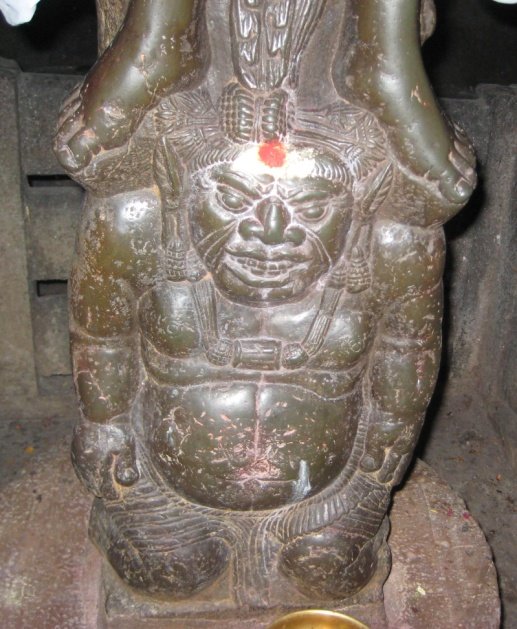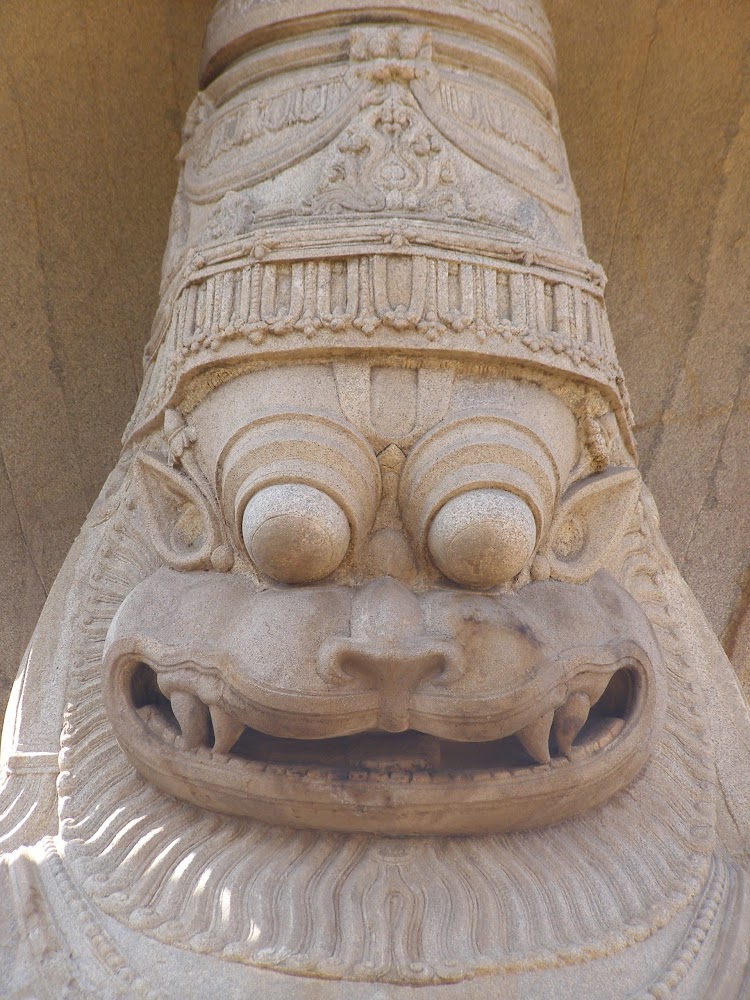
Parasurameswara Temple, Gudimallam, Andhra Pradesh
Parasurameswara temple is one of the most ancient Shiva temples in India. The lingam here is believed to be the longest continuously worshipped lingam,and is over 2200 years old. Gudimallam village is about 30 kms from Tirupati.

Parasurameswara temple is one of the most ancient Shiva temples in India. The lingam here is believed to be the longest continuously worshipped lingam,and is over 2200 years old. Gudimallam village is about 30 kms from Tirupati.


This temple is considered to be the oldest Shiva temple identified so far tracing its origins to 3rd century BC. The lord here is known as Parasurameswara and this lingam is believed to depict the trinity of brahma, vishnu and maheshwara.(1)
The legend of the temple connects it to Parashurama, an avatar of lord Vishnu. The lingam is believed to be a manifestation of the holy trinity. Brahma at the bottom, Vishnu in the middle, and Shiva on top.(2)
The temple is located on the banks of the Swarnamukhi River, and the deity here is a 1.35 mtrs, 7 sided monolithic lingam. The front plane has the figure of Parashurama standing on a yaksha. It rests on a base of seven concentric rings (peethams), only 2 of which are visible.(3)
Parashuram’s mother Renuka was suspected of infidelity by her husband sage Jamadagni. The sage ordered Parashurama to behead his mother. Parashurama obeyed his father and when sage Jamadagni wanted to reward his son, Parashurama asked him to bring his mother back to life.(4)
Hence she was brought back to life. However Parashurama could not overcome the guilt of beheading his mother. As a penance he was advised by other rishis to worship Shiva at his temple at Gudimallam.(5)
After searching for several days, Parashurama found the temple in the middle of a forest. He dug a pond nearby and began his penance. Every morning a single flower used appear in the pond and Parashurama offered it to Shiva. To guard the single flower, he appointed a yaksha.(6)
The yaksha was actually a manifestation of lord Brahma. The yaksha kept a condition that to guard the flower he should be given an animal to eat and a pot of liquor. Parashurama agreed and used to hunt an animal for him daily.(7)
One day when Parshurama went out to hunt, the yaksha worshipped Shiva himself. He used the single flower to worship Shiva. Finding the transgression grievous, Parshurama entered into a fierce fight with the yaksha.(8)
When the yaksha was about to be crushed, lord Shiva appeared and blessed both while merging them in him. Brahma as the yaksha, Vishnu as Parasurama and Shiva as the lingam form the Gudimallam Shivalingam.(9)
• • •
Missing some Tweet in this thread? You can try to
force a refresh














